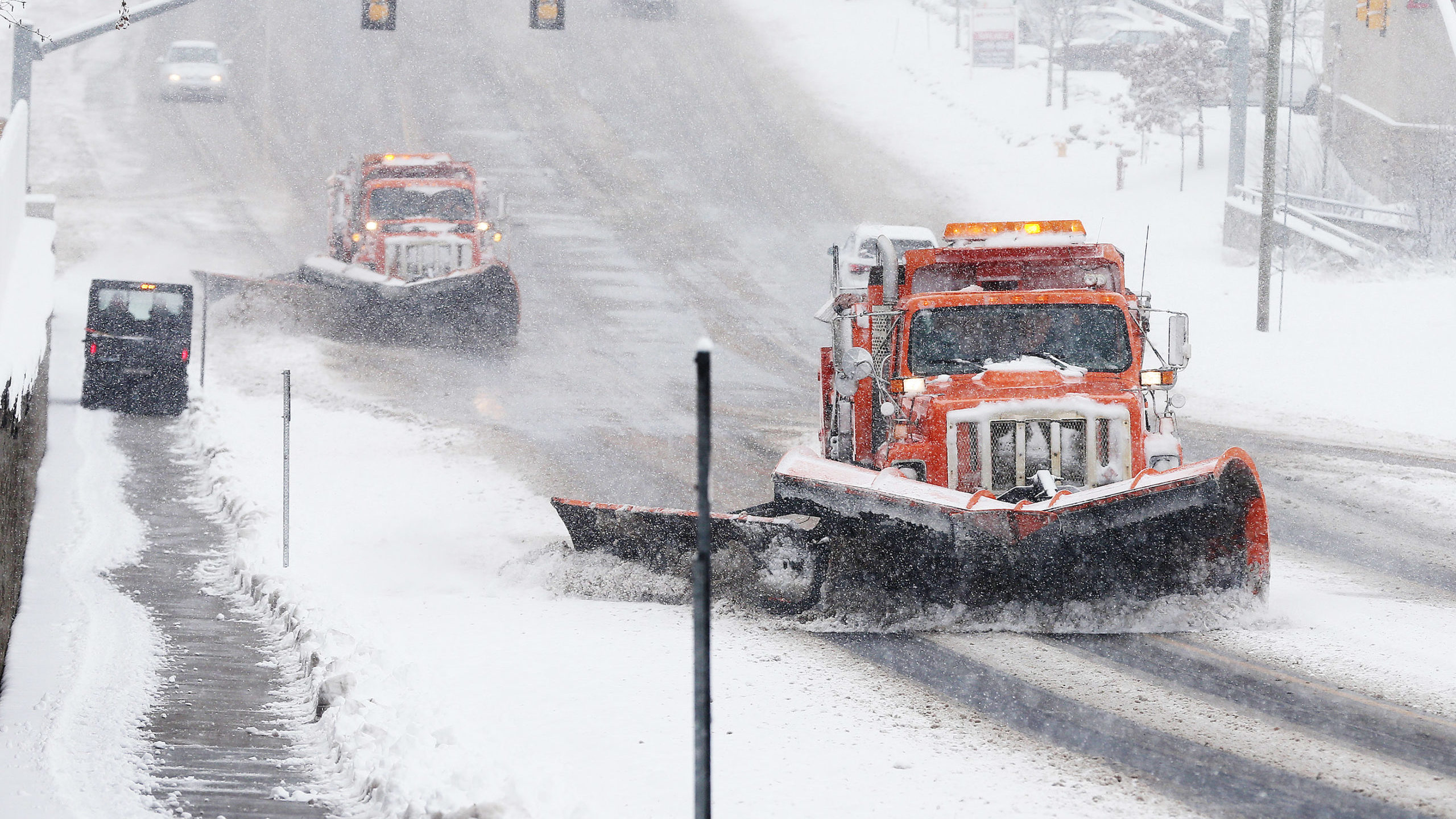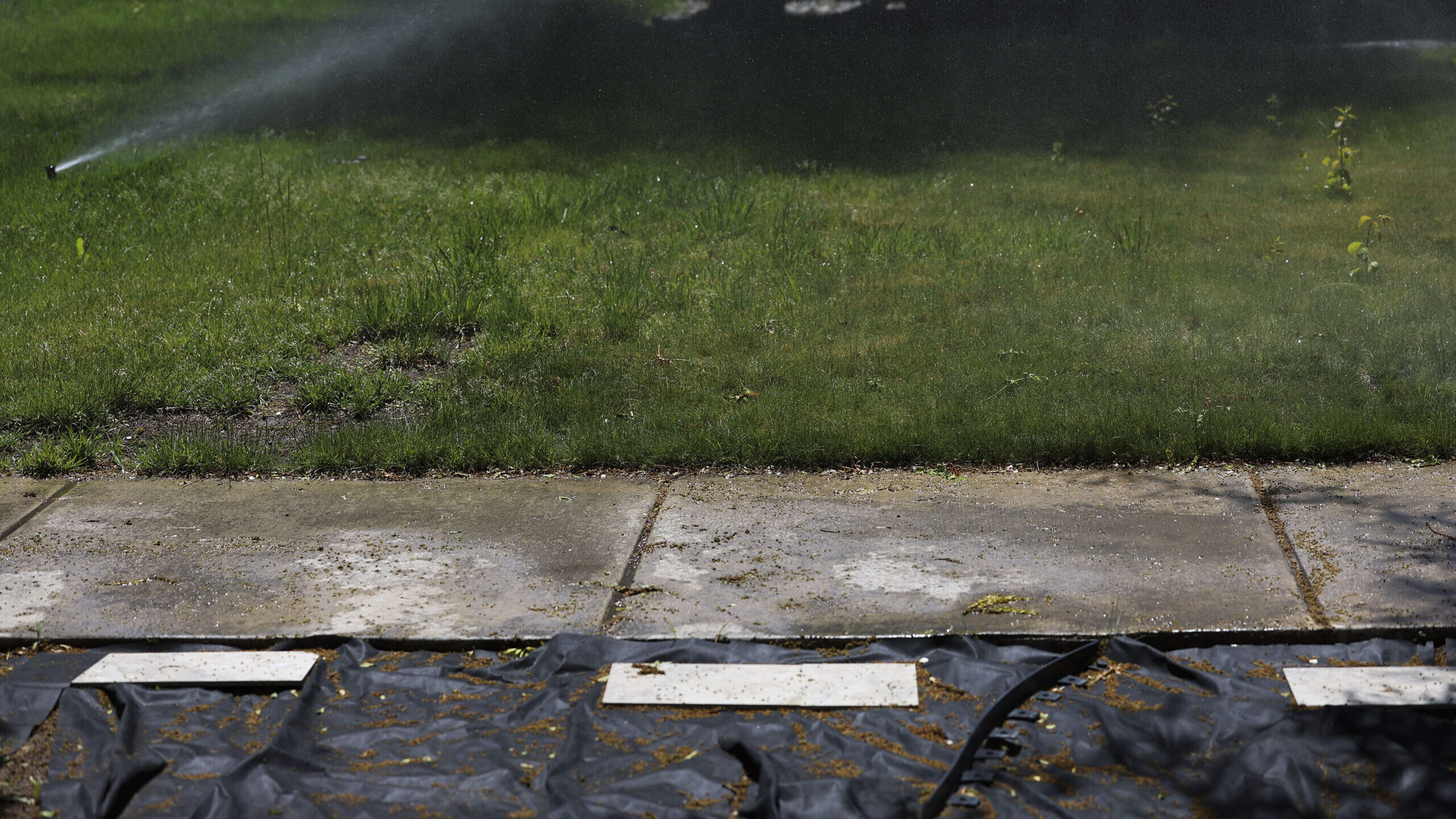What impact does the snowpack have on agriculture?
Apr 10, 2023, 3:00 PM | Updated: Jan 5, 2024, 12:58 pm

FILE: UDOT crews plow the snow in Salt Lake County. (Jeffrey D. Allred, Deseret News)
(Jeffrey D. Allred, Deseret News)
SALT LAKE CITY — Utah’s snowpack has caused major challenges for livestock farmers across the state. KSL NewsRadio Hugo Rikard-Bell spoke to one farmer who reported losing animals worth around $10,000 due to wet and cold conditions.
Bailee Woolstenhume from the Utah Department of Agriculture joined Dave and Dujanovic to discuss the major losses.
Dave started off the conversation by asking what implications this year’s snowpack will have on the future of agriculture.
“In agriculture, we’re always kinda playing it by ear on a year-by-year basis we are completely dependent on mother nature and what she does,” Woolstenhume responded.
Woolstenhume continues saying that, although the moisture was very needed, the late and heavy snowstorms have created trials and issues for the agriculture community in Utah.
“We have seen lots of livestock losses due to the cold temperatures,” said Woolstenhume. “Caving, our cows are having their calves during those cold temperatures which cause a lot of turmoil and loss. And then the wet and mud is very hard on those baby animals,”
In response to Dujanovic, who asked what specific issues the community has faced, she said “Our crop farmers, such as our onion farms in northern Utah, are completely underwater. They are completely underwater, some crop farms are under seven feet of snow.”
How has the snowpack affected farmers in Utah?
Typically, this time of year is when onion farmers begin planting crops, pushing back their timeline a long way. A major concern, according to Woolstenhume, is harvesting crops before fall.
“We’re talking weeks and months far out,” Woolstenhume responded to Dave when asked how far out the weather is pushing planting times.
However, she mentioned that with the recent warmer weather, the land may dry more quickly, making for an opportunity to plant crops sooner than expected.













